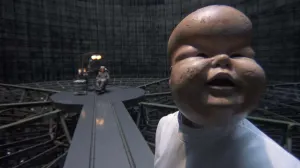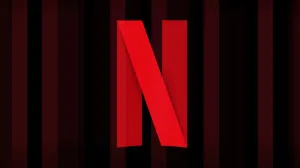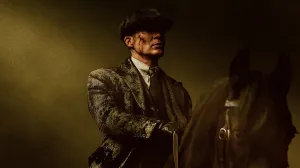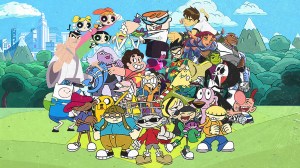Dead Space was one of those series that started out with its own obvious inspirations but shifted, or, more appropriately, morphed into something with its own undeniable style. The influence of Resident Evil 4, Event Horizon, The Thing (1982), and Alien was always evident, yet Dead Space had enough ingenuity to stand on its own, thanks to its ability to meaningfully contribute to an often underserved genre and the slick design of the protagonist’s iconic armor.
Videos by ComicBook.com
But then Electronic Arts killed the franchise. And EA, a perpetual fan of repeating itself, decided to shoot the series out of the airlock again about a decade later. Dead Space’s killing, resurrection, and second death left the slot open for another title to take the crown, but none have successfully been able to recapture that magic, which paints a damning picture of the broader industry.
Dead Space Was Born at the Right Place at the Right Time

Dead Space was born through certain creatives wanting to move away from the industry trends EA was caught up in at the time, mainly its predilection for sequels and licensed games. Executive producer Glen Schofield has spoken about bouncing between movie tie-ins like The Lord of the Rings: The Return of the King and 007: From Russia With Love before working on System Shock 3, a project that radically transformed after Resident Evil 4 hypnotized more than a few members of the team and caused them to reassess. After presenting EA with a promising vertical slice instead of a simple pitch document, the publisher, breaking from its risk-averse style, relented and greenlit the new game.
Dead Space’s creativity allowed it to pick up where Resident Evil 4 left off, as Capcom was too busy putting out bad sequels and mediocre spin-offs during that time. Its strategic dismemberment was more than a marketing term since aiming for specific limbs while being rushed by bloodthirsty creatures was a tense exercise that wonderfully captured the terror that should come with survival horror. As art director Ian Milham said in the official behind-the-scenes featurette, it recreated the stress of trying to pull off precise movements under pressure, like a horror movie character wrangling with the keys trying to open a locked door while being chased by a masked killer.
Headshots — a genre staple across mediums — were deemphasized in favor of this more flexible and dynamic system and played into its use of telekinesis, something that fittingly allowed skilled players to save more resources if they could make use of nearby explosive canisters or recently severed claws. Being able to move and shoot also gave Dead Space its own style and differentiated it from Resident Evil, which required players to dig in before firing. Not an ounce of adrenaline was sacrificed with this deviation, either. When combined with a meticulously constructed universe and backstory, Dead Space was a cohesive whole where everything cleanly meshed together with a level of confidence not often seen in a debut title. Schofield repeatedly told Ars Technica how quality and innovation were key pillars of Dead Space’s design and that ethos was abundantly clear in the final game.
Visceral Games was able to commit to its quality edict for its brilliant direct sequel and surprisingly solid on-rails shooter spin-off until greasy corporate meddling tampered with that winning formula. Doubling down on action to make it more “broadly appealing,” alleged budget cuts, forced microtransactions, and rampant deviations from its original, more horror-oriented vision plagued Dead Space 3 and expedited its demise, despite a promising concept for the next entry. After that painfully disappointing trilogy-ender, Dead Space left the door open for a successor, much like how it had moved in on Resident Evil’s spot in its weaker years.
The Callisto Protocol Was Not the Spiritual Sequel Dead Space Deserved
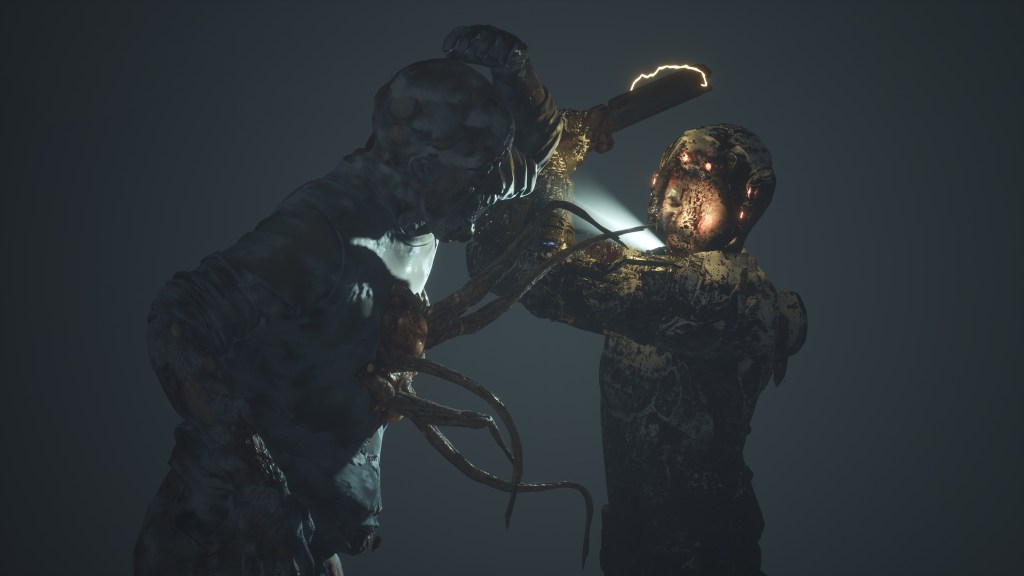
The Callisto Protocol, a game developed by a studio filled with former Dead Space talent, seemed primed to seize that slot. It was a dark horror game set in space and even went back to one of Dead Space’s earliest designs where the protagonist was a prisoner. But even though Schofield also spoke to Ars Technica once again to highlight his desire to put quality first, that guiding principle wasn’t as evident this time around.
While Schofield has cited how publisher demands forced the game to come out sooner than the team wanted, The Callisto Protocol’s many problems are so deeply ingrained in the experience and can’t all be blamed on an unexpected release date. Wonky controls and shallow mechanics made its melee-based combat a drag, while its lack of quality scares gave it a distinctly unscary atmosphere. And with a less interesting story that only got more generic as the chapters droned on, it was clear The Callisto Protocol lacked the cohesion and shrewdness that made Dead Space such a hit. By going out on an abysmal expansion and having a sharply downsized team, it’s unlikely the studio will ever make good on filling that Dead Space-shaped hole in the genre.
EA killed Dead Space once again shortly after the 2023 remake came out to rave reception and mere months after Callisto crashed and burned. While a beautiful title that’s among the best remakes in the industry because of its wealth of clever new ideas and commitment to Dead Space’s existing core tenets, it wasn’t enough; the hope this series would begin anew was dashed quite soon after launch. EA put the remake’s developer, Motive Studio, on Iron Man and Battlefield 6, two safer (and more boring) bets. Having to work on Battlefield is a sad coincidence given how Visceral was put on the tepid Battlefield Hardline after the Dead Space 3 debacle. With a dispersed team and ideas for a sequel reportedly left in stasis, there was once again an opening for a successor from another studio.
Cronos: The New Dawn Was Yet Another Terrible Attempt at Dead Space

Cronos: The New Dawn is another such progenitor that had a shot at filling that niche. Bloober Team proved it could finally make a decent horror game for once with the shockingly solid Silent Hill 2 remake, so Cronos’ announcement was promising right from the start. With an armored main character holding a futuristic weapon and shooting at blobby humanoid freaks, its Dead Space inspirations were obvious from the first few seconds of the debut trailer, something the studio confirmed in later interviews.
But, as shown with Callisto, inspirations that yield initial guidance during development can morph into an unfavorable comparison point if the final game stinks. In addition to having many unsophisticated and ineffective scares, Cronos had frustrating combat restricted by its overly stingy resource allocation, spongy enemies, and woefully anemic and underutilized central mechanic where living monsters could merge with dead ones. Strategic dismemberment it was not. It failed to make good on its intriguing world, too, with a bone-dry protagonist, eye-rollingly cynical themes, and a terrible out-of-nowhere twist in the final act. Bloober was truly back to its hacky tricks once again.
The hope for a new Dead Space-like experience seems like a long shot now because of how the industry has crumbled in the last few years as clueless, greedy executives chase all of the short-term profits at the expense of everything else. Survival horror is somewhat of a niche and, more importantly, likely can’t generate the type of returns to justify a green light from a big publisher. The industry was in a different place when the Dead Space remake was in early development. The Resident Evil 2 remake and The Last of Us Part II did well, and money was readily flowing in the early days of the pandemic as players were stuck inside and spending money. It probably seemed like Dead Space had a real shot. But a lot of those early pandemic bets — like EA’s canned Black Panther game — got a lot more risky when people reengaged with the outside world, hence the massive industry-wide layoffs over the years.
A New Dead Space (Or “Dead Space”) Seems Unlikely
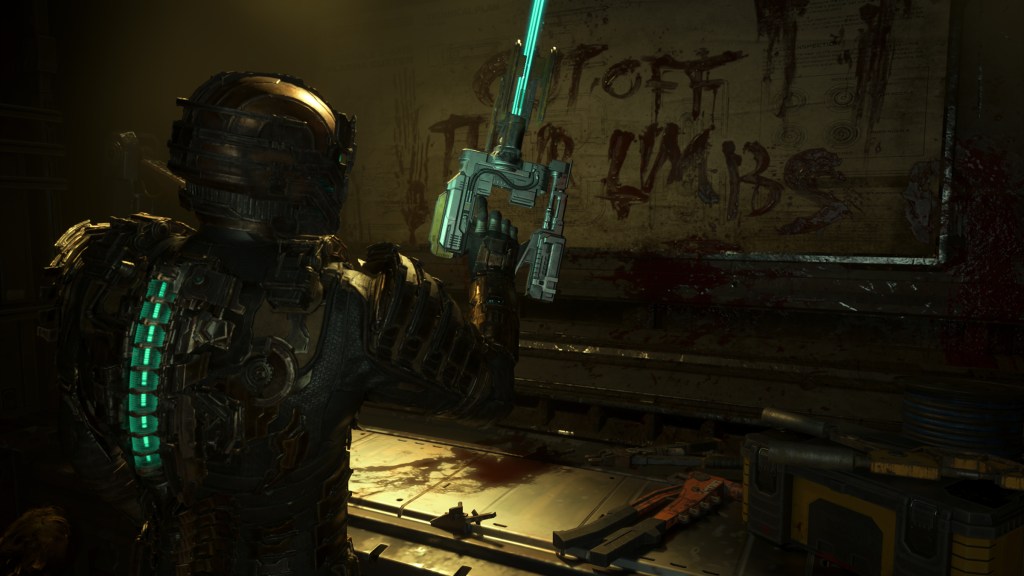
With EA’s nigh-inevitable leveraged buyout looming and a team busy with other games, it’s highly unlikely Dead Space will make a return. EA will have $20 billion in debt if the buyout goes through (or pay a $1 billion kill fee if the deal somehow collapses), and publishers don’t make that kind of money focusing on single-player horror games. The IP could be sold off to make some pennies back, but it’s hard to say since publishers usually hoard franchises they have little to no intentions of using.
The mechanisms to make another similar horror game in that space requires money that just isn’t floating around now. Schofield said his recent pitch for another Dead Space fell on deaf ears at EA and noted elsewhere how barren AAA funding is now. Callisto reportedly cost $160 million to make, too. It’s unlikely publisher Krafton would sink that much into a new horror game again after that disaster and probably wouldn’t spend that much now if those Callisto deals had taken place a few years later. Publishers — not just EA — are going in more on established franchises, especially in the United States where the economy is getting worse by the day.
There is an opening for a smaller studio to craft a mid-budget Dead Space-like game. Ideally, a more modest team could appropriately scope a successor, but it doesn’t seem likely, given how money is tight across all sectors of the industry. It also doesn’t seem to be a popular subgenre within that tier of developers. Cronos was technically in that non-AAA category, but Bloober continues to be Bloober and Bloober is not consistent enough to be the arbiter of mid-tier, non-Silent Hill horror games going forward.
The means to make a new Dead Space or a new “Dead Space” are weaker than they’ve ever been. Industry woes and a cowardly, spreadsheet-driven C-suite have almost all but snuffed out the possibility of these types of horror games thriving outside of Capcom and Sony Interactive Entertainment, at least for the time being. It doesn’t seem feasible that a truly great, smaller scale Dead Space-like game will come from a more humble studio or that a big-budget developer will get the cash and time to develop a more honest and comparably scoped successor or literal Dead Space sequel. Instead, it just seems like Dead Space will live on through Easter eggs and overpriced cosmetics where the series can be milked for cash without being tangibly supported. The corpse is being used to do the bidding of its nefarious host, just like a necromorph.
What do you think? Leave a comment below and join the conversation now in the ComicBook Forum!



